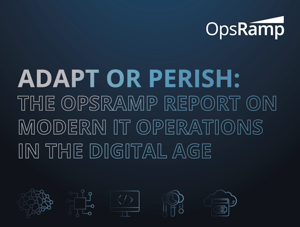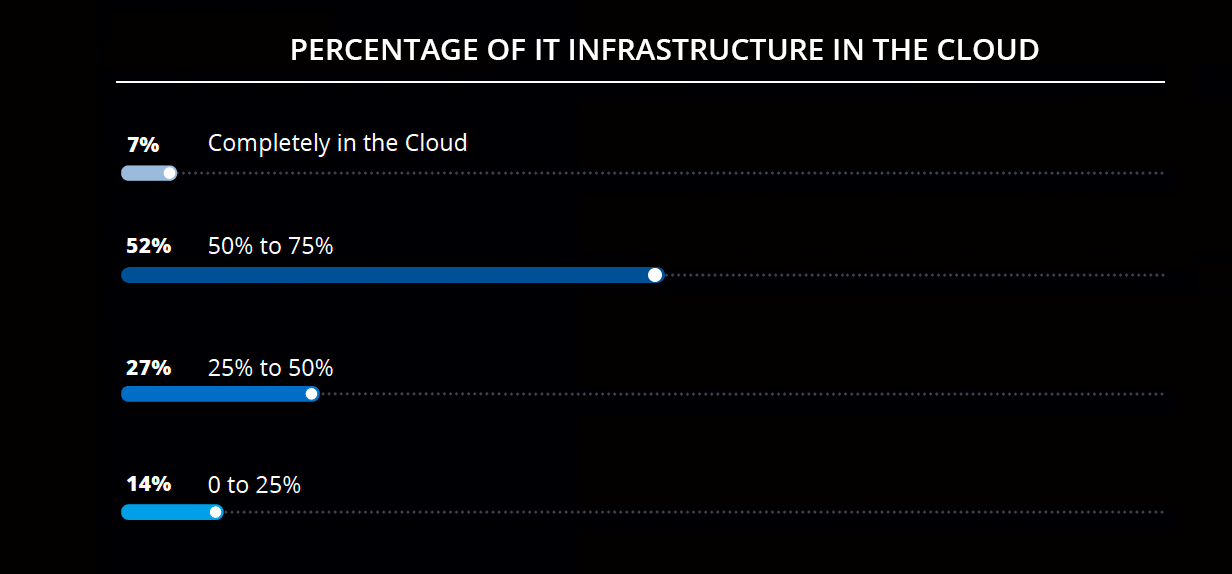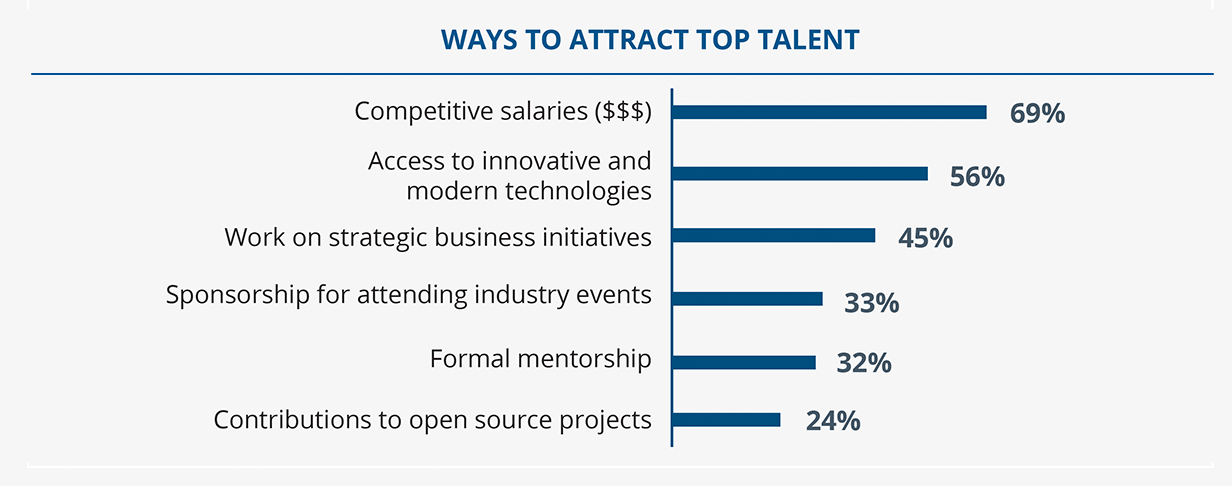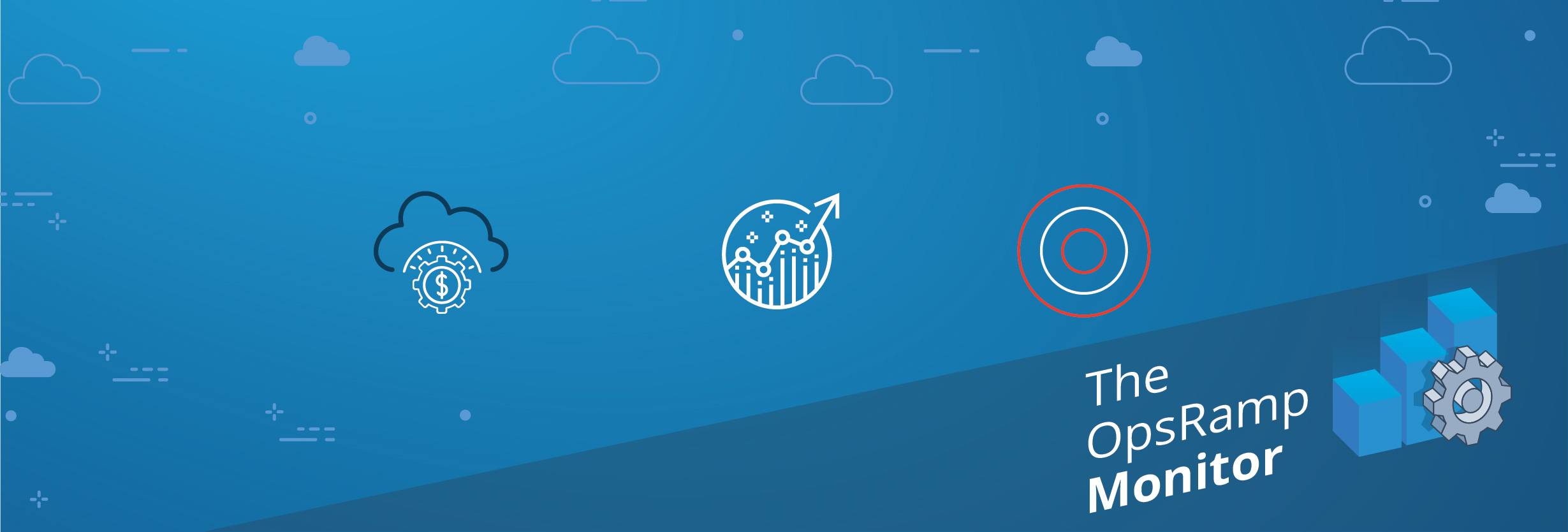Reinvention is the key to modern IT operations in a DevOps world.
Headline after headline after headline tells the same story: Modern IT operations is an exercise in managing complexity. As the IT ecosystem increases in flexibility, scalability, agility, and possibility, the IT operations management workload is becoming increasingly unruly.
Enterprise IT organizations need to be able to handle legacy on-premises and modern multi-cloud and cloud native workloads. They need to provide both flexibility and governance over geographically distributed organizations spanning distinct lines of business. And they need to be able to support a DevOps culture, where continuous deployments and speed-to-market are now the rules in the era of digital transformation.
So what does this mean for the future of IT operations?

You can find this and more in OpsRamp’s new report, Adapt or Perish: The OpsRamp Report on Modern IT Operations in the Digital Age. We surveyed 250 IT operations leaders on how they are reinventing their function to support the businesses and deliver differentiating end-user experiences. The report details the roadblocks, expectations, and metrics that matter when evaluating IT operational effectiveness, and also addresses how modern IT organizations are addressing skills gaps and technological demands of this new era.
Here are three key takeaways from the report:
#1 - Modern IT Operations Team Must Think Cloud-First
Gartner recently and famously reported that the enterprise datacenter is on its last legs. IT leaders recognize that the public cloud is now a scalable and powerful alternative to a past filled with capital, labor, and resource-intensive datacenter facilities.
The OpsRamp Report on Modern IT Operations indicates that 86% of enterprises have at least a quarter of their infrastructure on the public cloud. This means that modern IT teams must be ready to manage the performance, availability, cost, and security of hyperscale infrastructure. Technology leaders will also need to handle cloud-centric applications built on cloud native technologies like serverless, Kubernetes, and more.

#2 - When It Comes to Metrics, Cost is King
IT operations are now held to new standards of effectiveness. And although digital operations teams are delivering greater impact on bottom-line revenue than ever before, cost is still the top metric for evaluating IT operations performance. Infrastructure and operations leaders should continue to focus on limiting waste while co-creating new products and services that build customer value and support organizational growth.

#3 - Skills Pay The Bills
Enterprise IT teams are embracing a shift from supporting the business to more strategic, value-creating roles. This requires the right tools to automate daily tasks at scale along with new talent, skills, and strategic thinkers who can navigate modern technologies.
Competition for IT talent is fierce, with more than five million positions that may go unfilled by 2020. Modern IT operations teams need to build strong organizational cultures, offer great opportunities, and provide access to modern tools to attract sought-after candidates. But compensation remains the most effective way to compete for talent, forcing up average salaries of IT practitioners to stratospheric levels.

That’s just the beginning. Download the report today and pick up additional insights on addressing technology skills within existing teams, the most in-demand IT operations roles, and how DevOps culture is affecting IT operations. For any media inquiries, please contact jordan.sher@opsramp.com.
Next Steps:
- Read the Digital Enterprise Journal report: The Roadmap to Becoming a Top-Performing Organization in Managing IT Operations.
- Calculate the ROI of moving to the OpsRamp platform.
- Schedule a custom demonstration of the OpsRamp platform.






